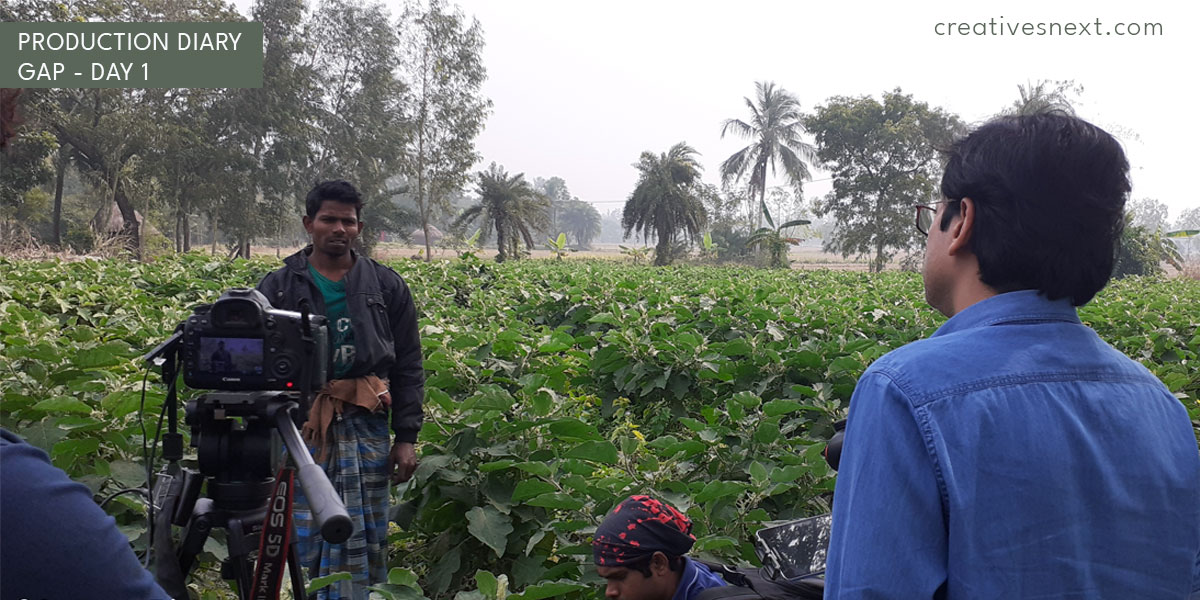
Production Diary – GAP Day 1
Our production diary (as we love to call it) holds day-to-day events of shooting for the documentaries and videos somewhat informally. Here, we put the entries more-or-less chronologically and often look back to take stock and move on. Hope you find this interesting if you have any penchant for video production, especially documentaries.
30 December 2019: Our journey begins
Reaching Nimpith, Jaynagar: We started our journey from Kolkata late afternoon. With the four-person crew, equipment, and gears our destination was a small town in the district of South 24 Parganas, near the Bay of Bengal.
En route to Nimpith, we had some snacks in a roadside eatery. Everyone was jovial. We reached our destination for the overnight stay at about 10 pm.
It was at a village named, Nimpith, in the town of Joynagar, down south in West Bengal, where we had boarded in a guesthouse of the Vivekananda Institute of Biotechnology of Shri Ramakrishna Ashram. Popularly known as VIB or VIBSRAN among the nonprofit circles in India, even among the locals.
It was for making a series of documentaries on a program funded by the World Bank, monitored by the Government of West Bengal, and implemented by the Vivekananda Institute of Biotechnology.
It’s on GAP or Good Agricultural Practices. The project targeted farming communities in West Bengal, introducing a number of techniques and farm practices that are likely to increase yield without having to apply more chemical inputs. This is not only for a better income opportunity out of farming but also for a healthier farm environment for both crop and producer.
The program was carried out in all six agro-climatic zones of West Bengal in different districts. It was the first phase of shooting. For the next couple of months, we had to run across West Bengal, north to south, to capture visuals of different program components and their impacts on the livelihood and farm practices of the beneficiaries.
Shooting for documentaries, especially on agriculture and livelihood, happens in daylight. So, It’s important to stay overnight at a point close to the location of the shoot. It lets you start early in the morning, arrive at the field and start rolling.
The village we were about to work on, is some 30 km off Nimpith.
31 December 2019
A hurried departure amid the fog
Waking up in the morning dampened our spirits. It was foggy! It’s common, as the place is close to the coastline. The air often has high moisture content even during winter.
But it’s bad news for shooting and cameras for sure. Everyone on the crew always craves bright, sunny weather for such a shoot. But that often remains elusive, even in a warm and sunny country like ours.
It delayed our departure in the morning for nearly an hour. But, the fog could slow down our car on the road. We had to move on to get to the location.
We started our journey from VIB at 8 am to the village named Mahishmari. It’s about to take more than a couple of hours.
We usually start handling our gears right while in the car, like fixing the lenses, putting in the batteries, and checking sound balance. Up and running, you are ready to hit the button.
En route to the location, we took visuals of paddy fields and village exteriors. Generic visuals, known as the stocks are always good to be aplenty for fillers and transitions.
Occasional halts, shoot, and then move on. People, other than the crew, often feel amused at this in the morning, but get irritated in the afternoon or later.
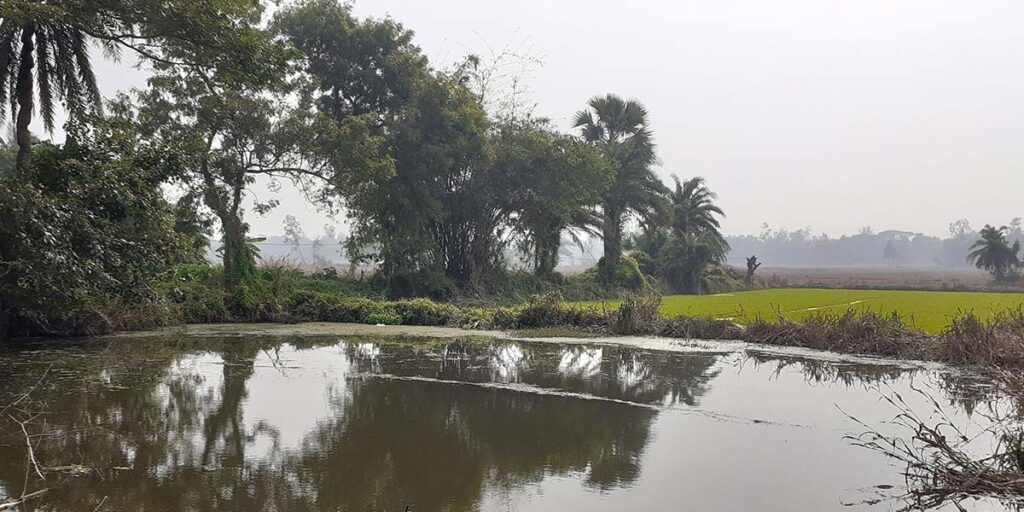
Gears used
In this series, we had a Canon 5D Mark III with a few lenses like a 24-70 or 24-105, one 55 mm prime, and one 70-200 for the telly. Also, there was a follow focus or OSMO that we used regularly for variations in shots. On the audio front, there were one Sennheiser wireless lapel and one H4n Zoom external sound recorder. We carried two chips for storing the rushes.
We usually transfer footage at the end of the day or during a break in the afternoon.
We’re using a DSLR and the footage will be shot in 1080p with 25 FPS (PAL).
The thumb rule of the quantum of footage
It’s common for the crew to work for seven hours outdoors for shooting documentaries with a few breaks and movements in between. In my experience, if there’s is no weather event, you’re likely to get 60 minutes of footage within this period. This doesn’t include talking heads or interviews.
On Day 1, when you’re rolling your camera for the first time, it’s obvious that some unforeseen things will pop up dragging your time. And the more you panic to catch up with the time, the more you falter.
Here, the most important thing is to concentrate on sequence-wise takes and move on. I have seen many times, program officials, who do not have much familiarity with shooting, insist on recording fast and as much as possible.
But you have to hold on. Shooting is the better-taken place if it’s thought out and executed in accordance with the sequences. A structure based on the program briefs and components acts like a guide while we shoot documentaries for any community development project.
It has now become our habit. So we had our chart ready.
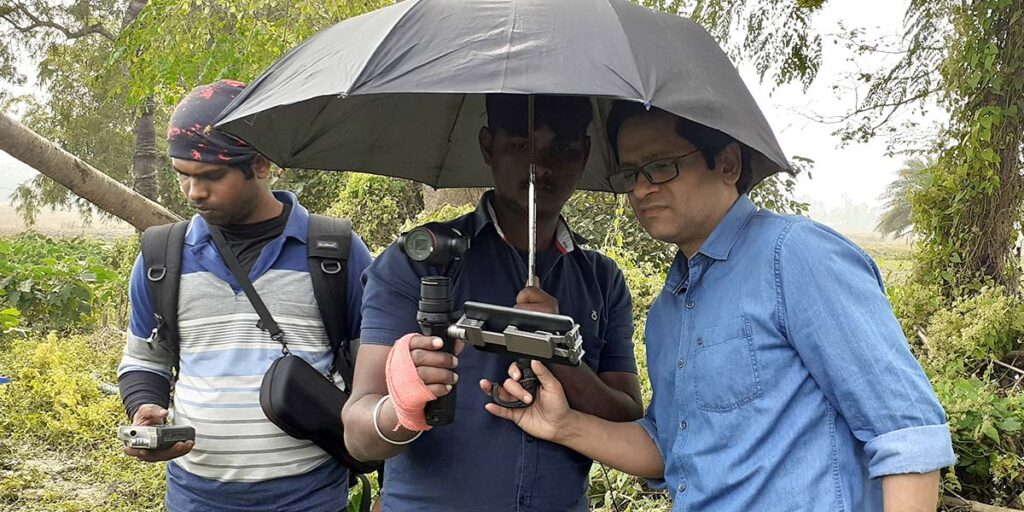
Things to capture or shoot
- Program interventions or the components
- Farm practices
- Comparative visuals – with and without the interventions
- Beneficiaries
- Talking heads
- In actions – on the field, working
- Any backdrop to establish the character – His households, his interactions with other villagers or farmers
- Generic visuals – village, cropping
- Interview of the nodal persons, if any
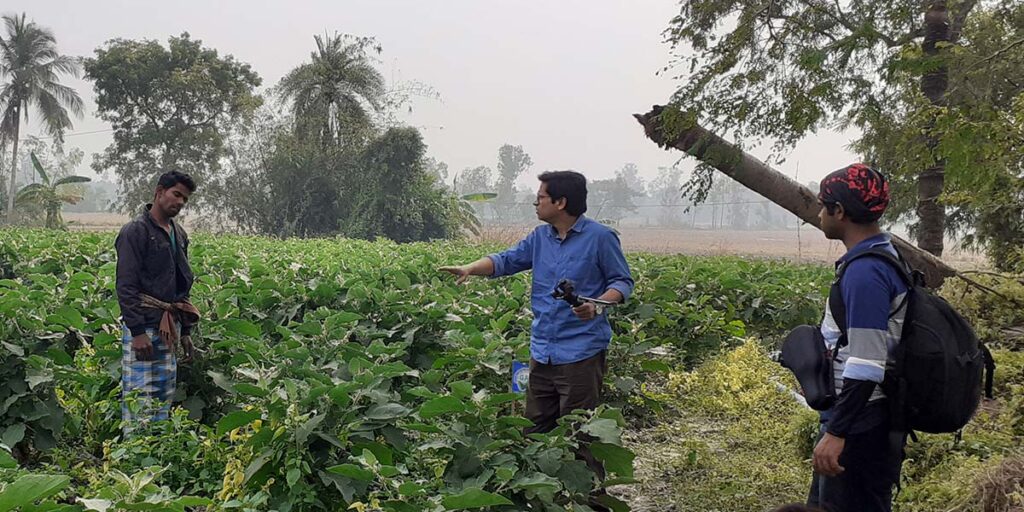
Beneficiary 1
Two things to remember while making someone, unfamiliar with a video camera, prepare for the shoot. Get him accustomed to some informal talks for checking sound balance or frame composition and make him feel as if there is no camera in his proximity.
The more he becomes easy with his talks and movements, less number of NGs you’ll get. We took action on the field and had an interview. We asked him how much did he benefit from this program vis-à-vis the conventional method of farming.
It took around 2 hours or so to complete shooting the first beneficiaries at around noon. We started a bit late, a likely scenario for the first day of the shoot.
Moving on to the other beneficiary, we came across some village households with storage of rice balls.

Some fillers – Rice balls
The visuals of these rice balls are typical of the Indian villages, post-harvest of paddy in November. No surprise, this offered us some visuals.
Villagers usually carry out motorized paddy threshing in their backyard. It’s very common and so was in Mahismari.
We take such shots from three different angles. One wide, establishing frontal, yet slightly angular. We don’t like the subject to be right in the middle of the frame, but rather on either of the thirds.
Close Ups, as usual with some mid-range variations. This combination of Close Ups and Mid shots provides cutaways, an essential feature of edits. B-rolls in much widely used parlance.
And finally, some dollies or tracks use the Follow focus or OSMO. We had a DJI-Ronin.
Break
A lunch break of 45 mins to fill up the stomach. Some snacks, biscuits, and dry fruits did the work. We always prefer a light meal in the afternoon to a heavier one during the shoot. Though the accompanying officials and staff had otherwise in their minds, that didn’t materialize. We had the break close to 3 pm and by that time luncheons were all gone!
Beneficiary 2
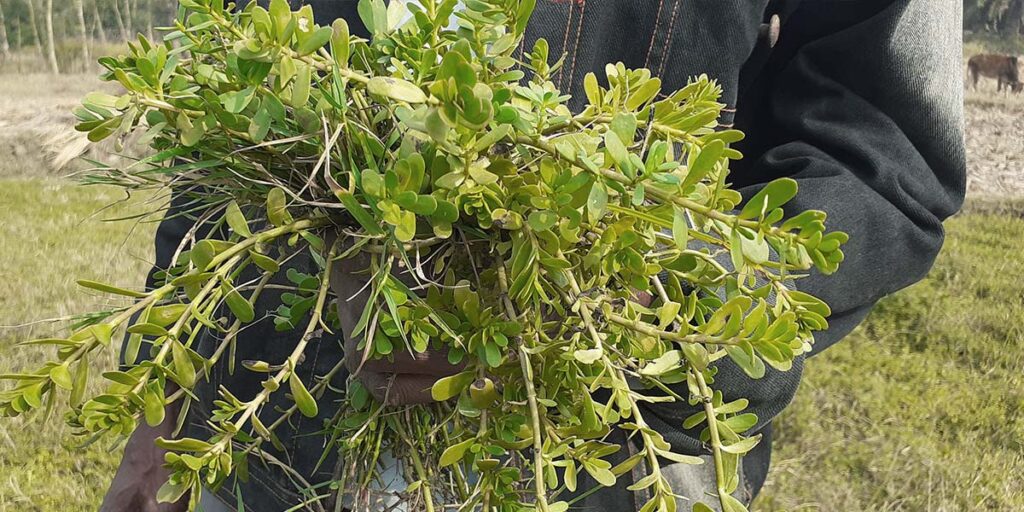
Again, this was a program intervention we planned to capture in the backdrop of prevailing farm conditions, specific to this village or this agro-climatic zone.
For that, we shot him (not literally, by camera only) working on the field and then his interviews. We got him from different angles. Following him while entering his plot of land with the OSMO or follow-focus and then cutting to him harvesting the plant leaves.
Traditional methods of farming often fail to yield returns consistently, year after year. So, such interventions where farmers could find alternative ways to offset their losses to some extent, along with other program components.
This region is close to the coastline and the soil is saline and a bit acidic. So the option for multiple crop rotation throughout the year is limited. Farmers often seek out different means of cultivation.
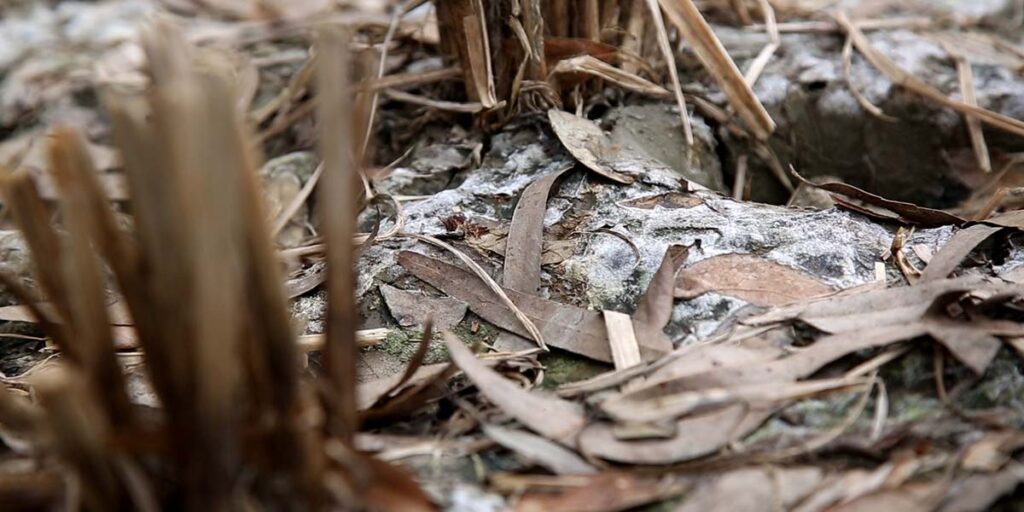
We wrapped up our work here at about 4:00 pm and moved to another village that’s nearby. Eastern India sees early sundown in the winter, so daylight is precious when it comes to shooting in the afternoon.
Not a typical build-up of stories to be followed here and we readily captured some shots of a beneficiary or GAP farmer in action.

It was the last sunset of the year. 2019 is almost over and well into 2020.
This was the last take before packing up. Amit, our videographer, took some shots with the follow-focus inside lines of vegetable crops in the morning. Here is a small cut.
The first day of this series of GAP ended in a not-so-satisfied manner in terms of both the quality and quantity of the rush. It’s not uncommon to us though. Got the rush transferred, in the car, while coming back to Kolkata. We’re traveling back to our place close to welcome 2020.
For the next phase, we have to go to a few villages in the district of Murshidabad, in the Gangetic plain of Bengal.
Continue reading Day 2
Crew
Camera: Amit Mahata, Assistant: Supriyo Mullick
DOP: Sam Chatterjee & Dola Chatterjee

You’re truly a good webmaster. The web site loading pace
is amazing. It sort of feels that you’re doing
any distinctive trick. In addition, the contents are masterpiece.
you have performed a excellent activity on this topic!
Kept the number of plugins as minimum as possible.